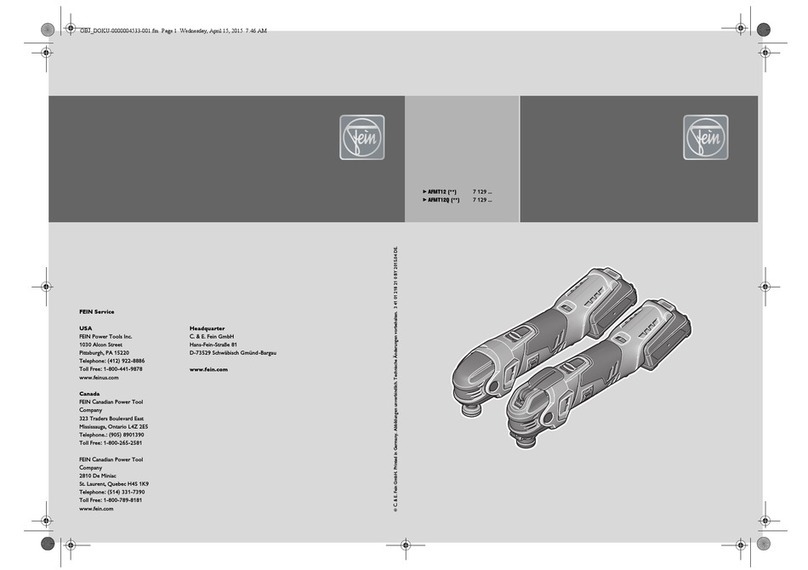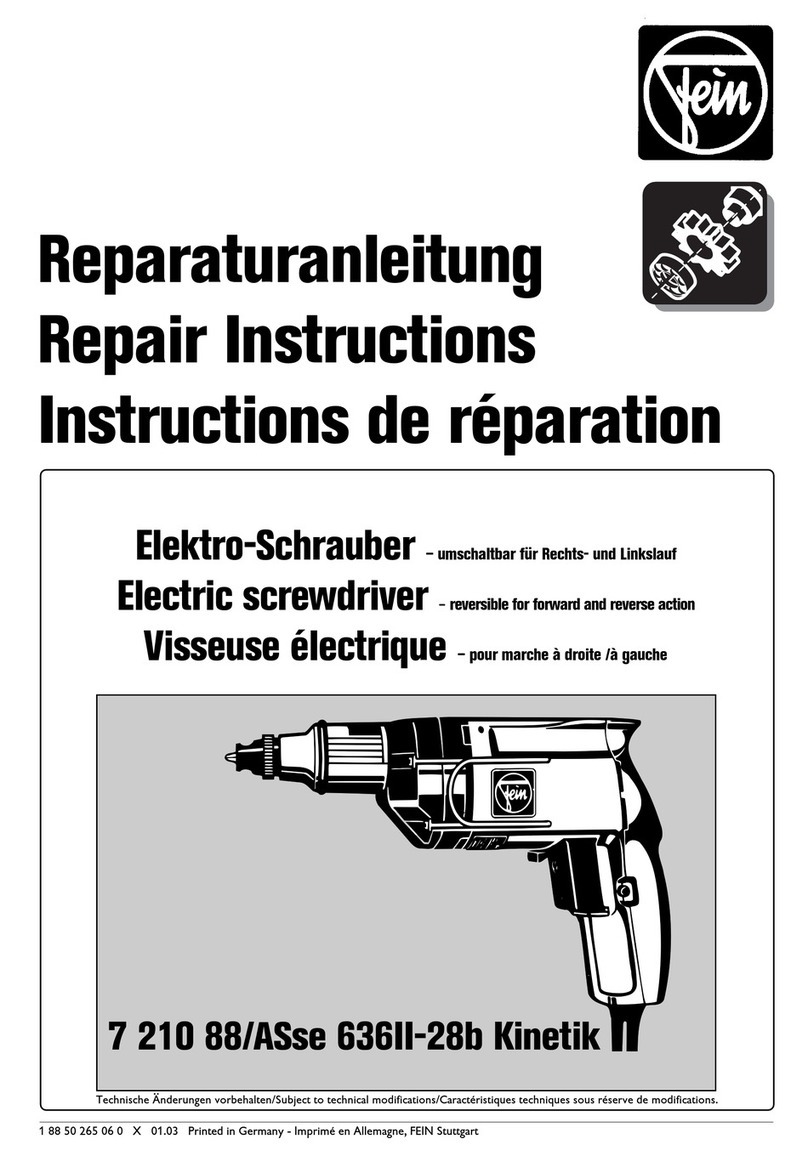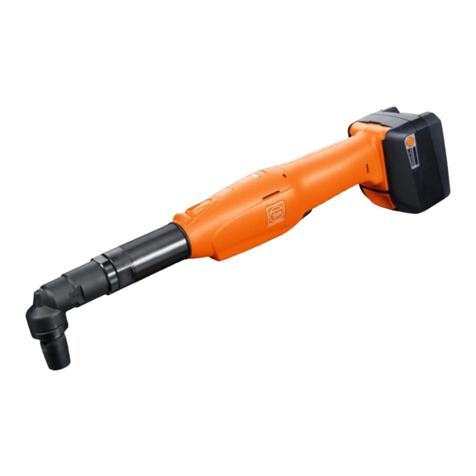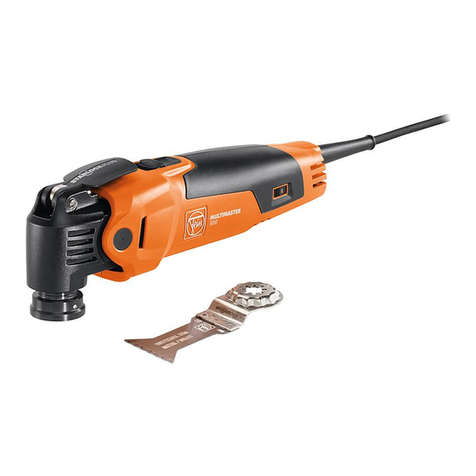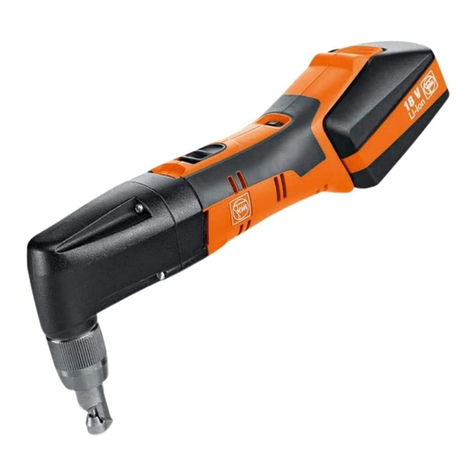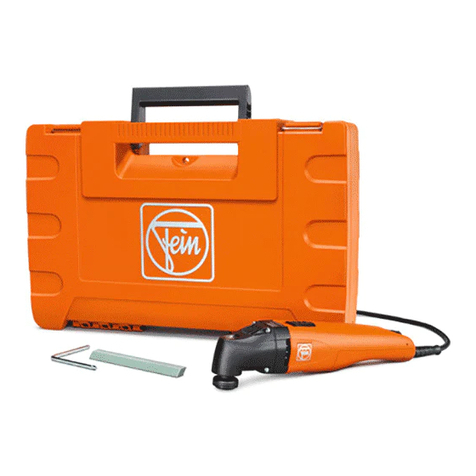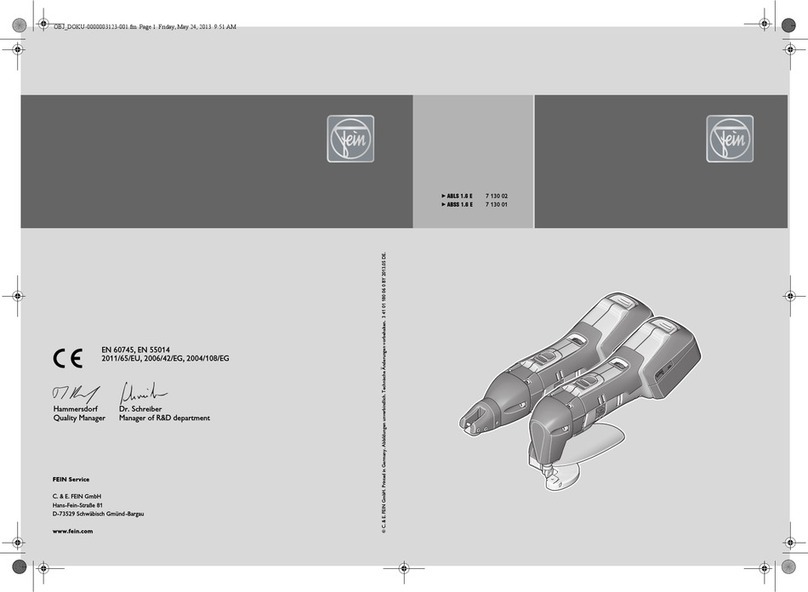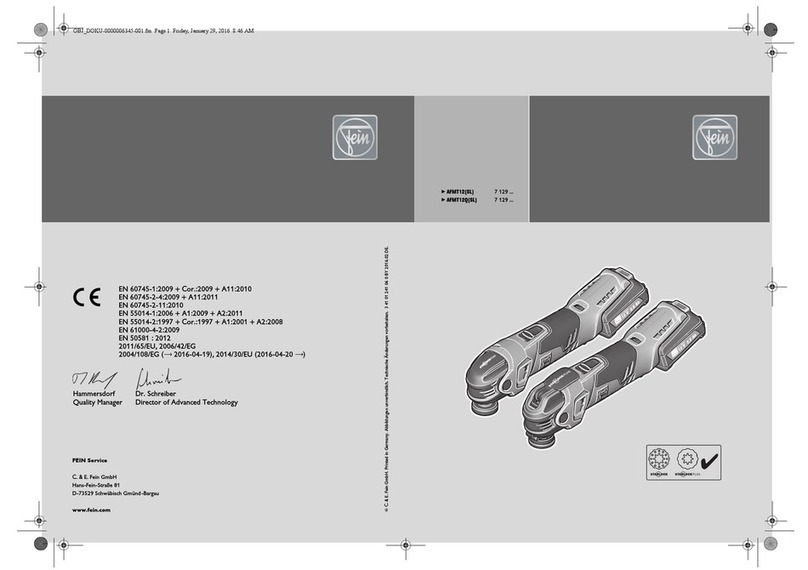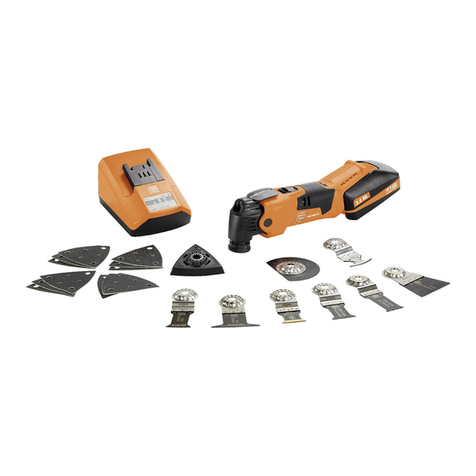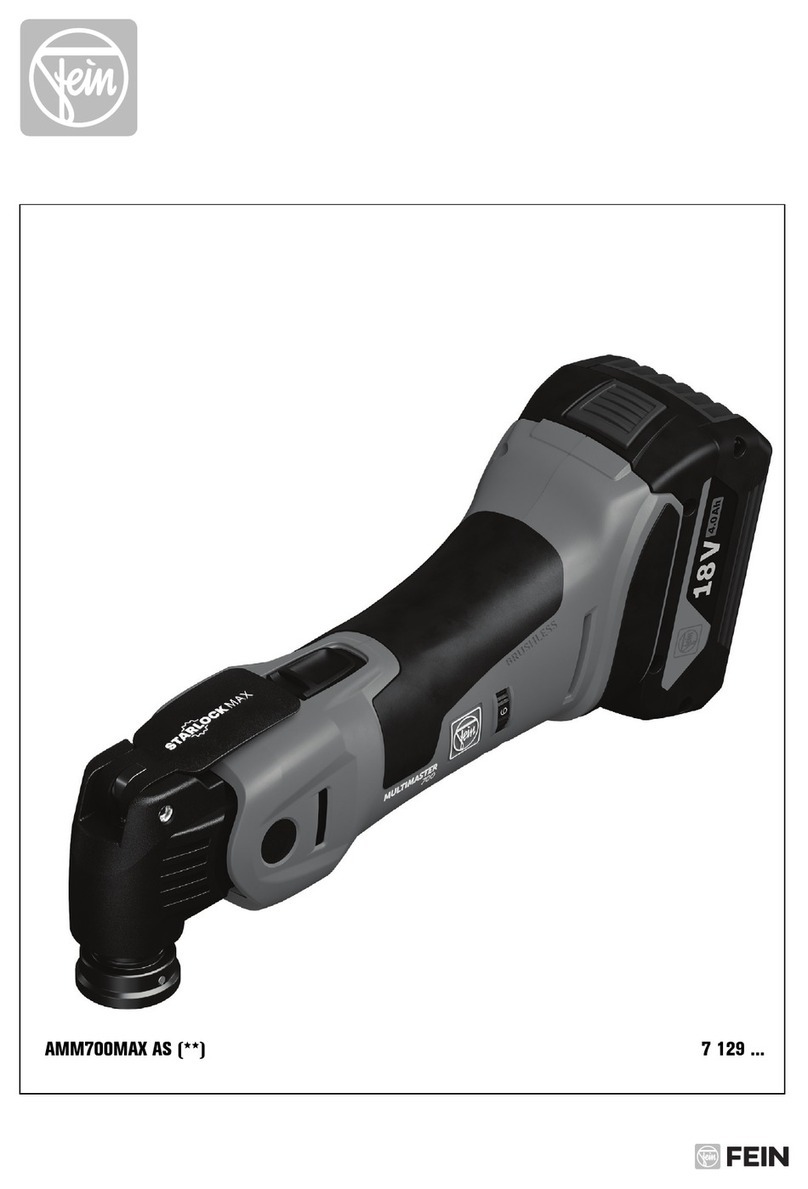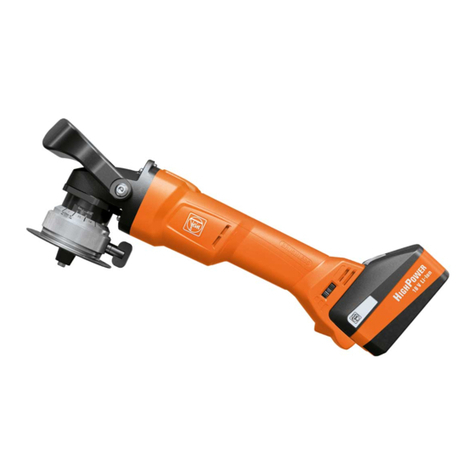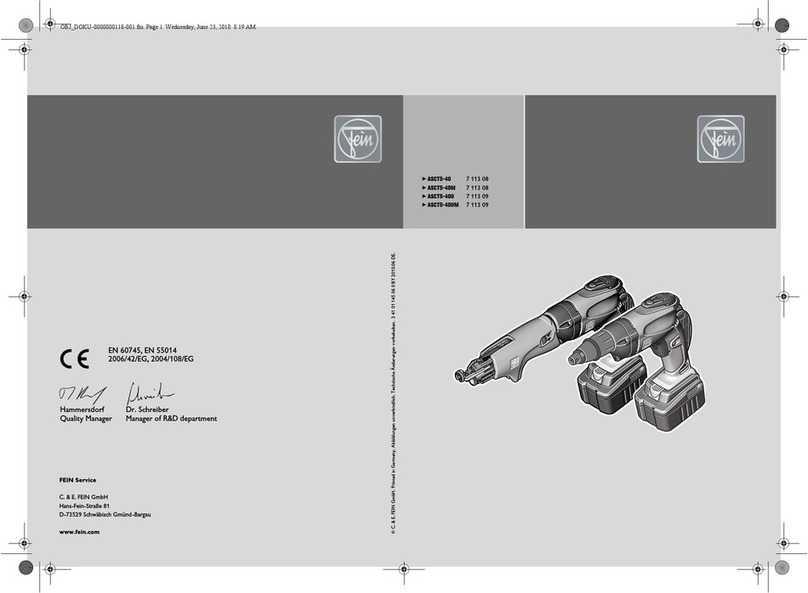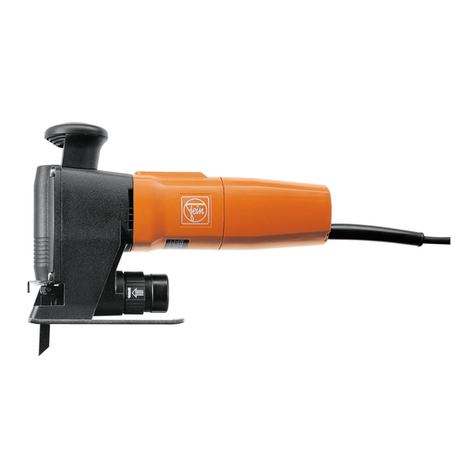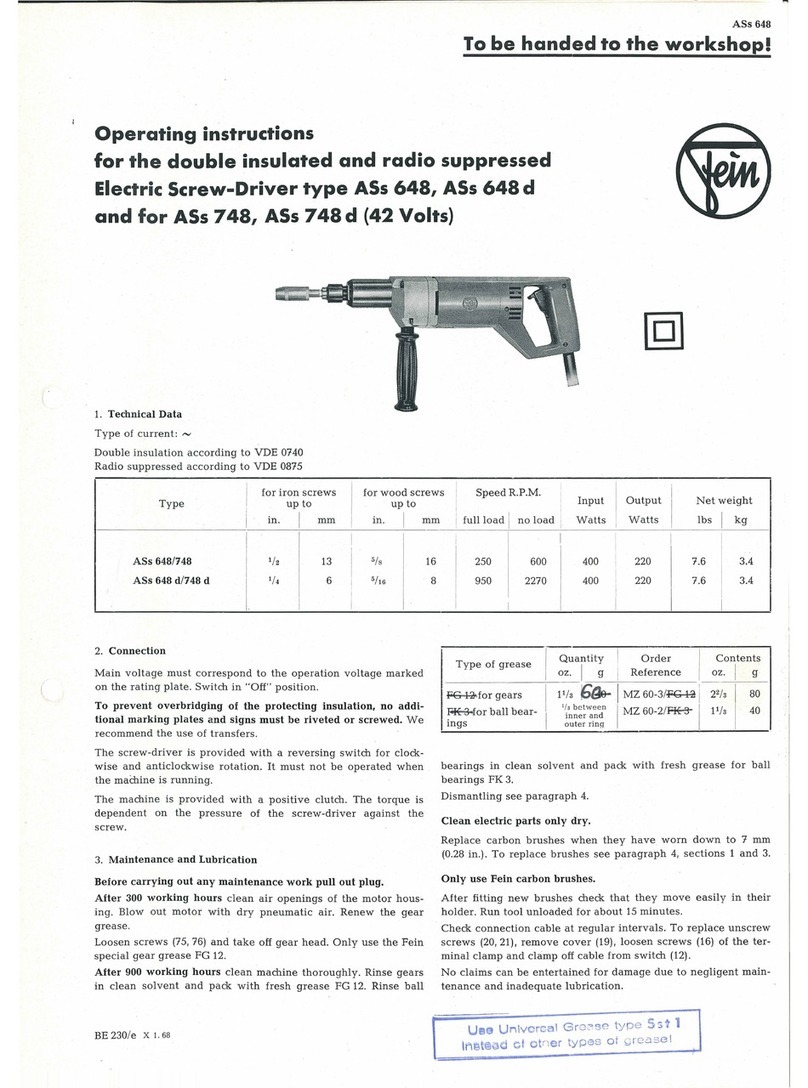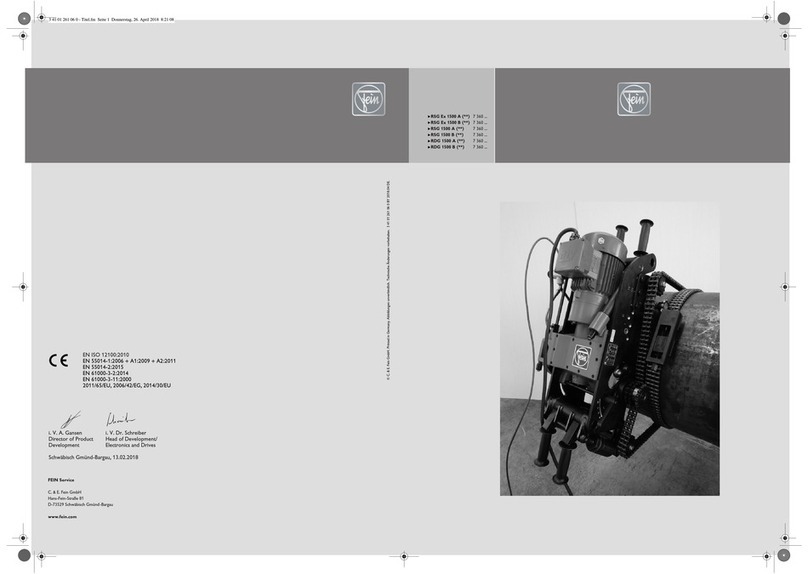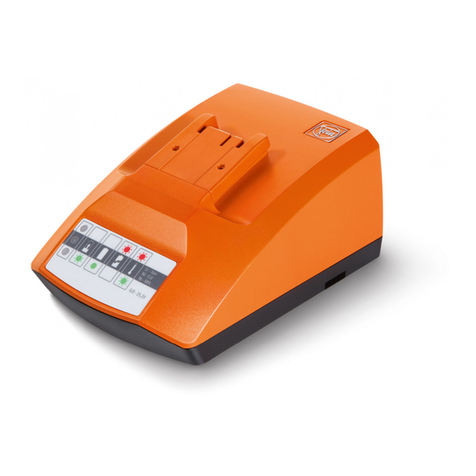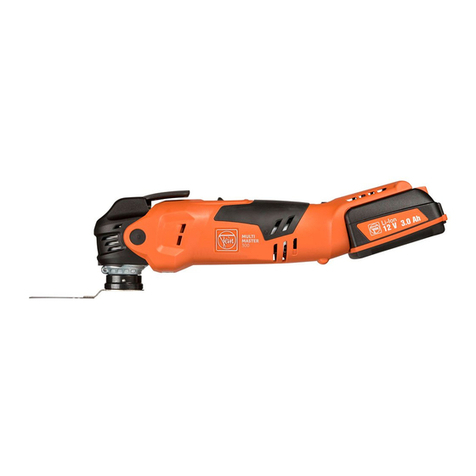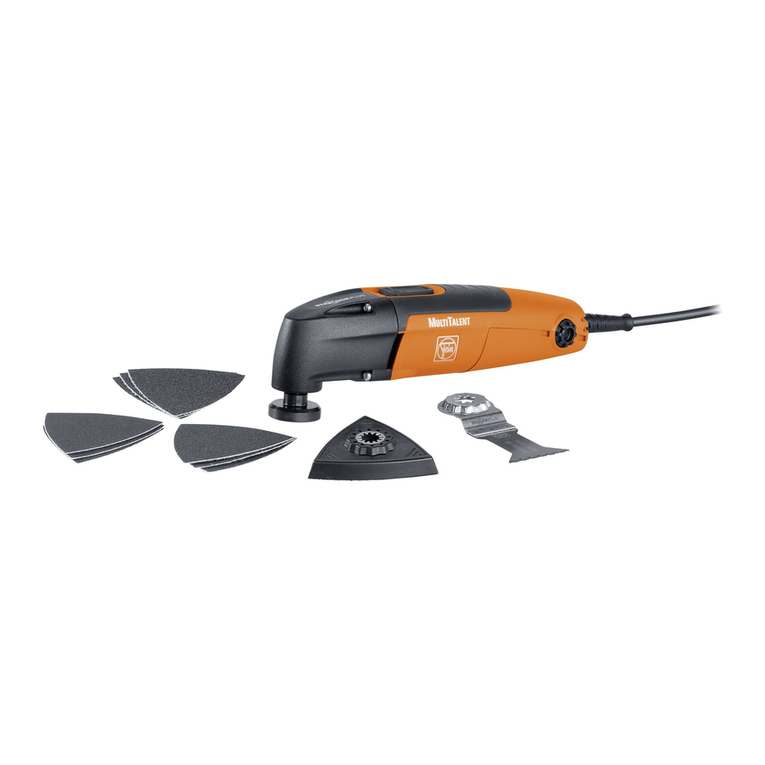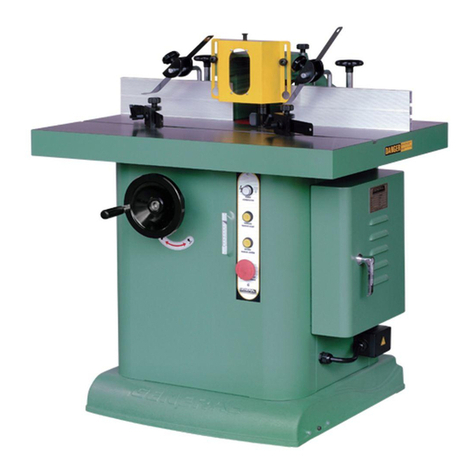
5
en
d)Under abusive conditions, liquid may be
ejected from the battery; avoid contact.
If contact accidentally occurs, flush
with water. If liquid contacts eyes, addi-
tionally seek medical help. Liquid
ejected from the battery may cause irri-
tation or burns.
e) Do not use a battery pack or tool that is
damaged or modified. Damaged or
modified batteries may exhibit unpre-
dictable behaviour resulting in fire,
explosion or risk of injury.
f) Do not expose a battery pack or tool to
fire or excessive temperature. Exposure
to fire or temperature above 130 °C
may cause explosion.
g)Follow all charging instructions and do
not charge the battery pack or tool out-
side the temperature range specified in
the instructions. Charging improperly
or at temperatures outside the specified
range may damage the battery and
increase the risk of fire.
6) Service
a)Have your power tool serviced by a qual-
ified repair person using only identical
replacement parts. This will ensure that
the safety of the power tool is main-
tained.
b)Never service damaged battery packs.
Service of battery packs should only be
performed by the manufacturer or
authorized service providers.
Special safety instructions.
Use auxiliary handle(s), if supplied with the
tool. Loss of control can cause personal injury.
Hold the power tool by the insulated gripping
surface when performing operations where
the application tool could contact hidden
wires. Contact with a “live” wire will also
make exposed metal parts of the power tool
“live” and shock the operator.
Beware of any concealed electric cables, gas
or water conduits. Check the working area
before commencing work, e. g. with a metal
detector.
Secure the work piece firmly. A work piece
that is gripped tightly in a clamping device or
vice, is more secure than if held by hand.
Hold the power tool firmly. High reaction
torque can briefly occur.
Do not direct the power tool against yourself,
other persons or animals. Danger of injury
from sharp or hot application tools.
Do not rivet or screw any name-plates or
signs onto the power tool. If the insulation is
damaged, protection against an electric shock
will be ineffective. Adhesive labels are recom-
mended.
Do not use accessories which are not specifi-
cally designed and recommended by the
power tool manufacturer. Safe operation is
not ensured merely because an accessory fits
your power tool.
Wear personal protective equipment. Depend-
ing on the application, wear face shield, eye
protection or safety goggles. Where appropri-
ate, wear dust mask, hearing protection, pro-
tective gloves or a special apron to protect
yourself against sanding- and material parti-
cles. The eyes are to be protected against
thrown about foreign objects that develop at
various applications. Dust masks or respira-
tors used must filter the dust developing at
the application. When subjected to loud
noise, loss of hearing can occur.
Clean the ventilation openings on the power
tool at regular intervals using non-metal
tools. The blower of the motor draws dust
into the housing. An excessive accumulation
of metallic dust can cause an electrical hazard.
Use and handling of the battery
(battery pack)
To avoid hazardous situations such as burns,
fire, explosion, skin injuries, and other inju-
ries when handling the battery, observe the
following instructions:
Batteries must not be disassembled, opened
or reduced in size. Do not subject batteries to
mechanical impact or shock. Hazardous
vapours and fluid can escape in case of dam-
age and improper use of the battery. The
vapours can irritate the respiratory system.
Liquid ejected from the battery may cause
skin irritations or burns.
OBJ_BUCH-0000000365-001.book Page 5 Monday, February 11, 2019 10:03 AM

